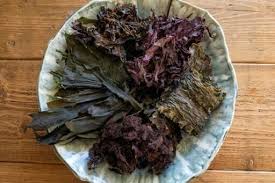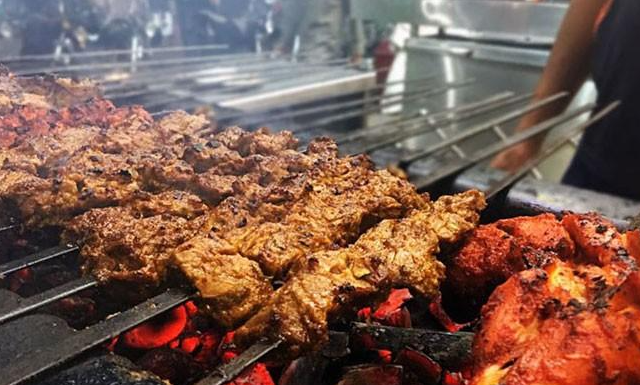Monitoring Desk
Before the invention of the at-home refrigerator in 1913, it was rare to find a strawberry in the winter or a gala apple in the spring—unless it had been preserved. Jams, jellies, and preserves were developed by industrious fruit eaters of days past as methods of keeping fruits fresh out of season. When the option to freeze and refrigerate became available, fresh food that was in season in warmer climates could survive a trip elsewhere for consumption, removing the need for old-time preservation techniques. While no longer a necessity, some older methods of storing foods became traditional delicacies. Fruit jams, jellies, and preserves have lasted beyond becoming outdated and are popular sweet spreads for breads, sandwiches, and many other foods. But what are the differences between these three very similar approaches to preserving fruit?
The biggest difference between jelly, jam, and preserves is how much of the original fruit is used to make them. Jelly has the smoothest consistency and is made by crushing a fruit and discarding the solid chunky leftovers. This leaves only the fruit juice, which is then mixed with a substance called pectin and heated to form the gelatinous spread. Jam is similarly made by crushing a fruit, but this spread leaves in most of the solid pieces of the fruit’s fibers and seeds (if they’re small enough and safe to consume) to give it a spreadable consistency. Of the three, preserves use the most of the fruit and are simply chopped smaller pieces of fruit that are mixed with sugar to keep them fresh and combined with a syrup or jam to contain them.
Looking for the most authentic flavor? Jam or preserves will contain the richest portions of fruitiness, while a jelly’s flavor will be slightly bogged down by the gelatin. This is why preserves are often called for in cooking and baking, as they contain the largest amount of the fruit’s flavor in a mixable form. Jam is most often used to complement cheeses and crackers because it sacrifices only a little flavor for an easier spread. But in order to optimize ease of spreading on, say, a peanut butter and jelly sandwich, the obvious choice is in the name.
Courtesy: Britannica








